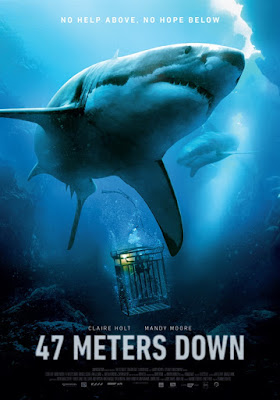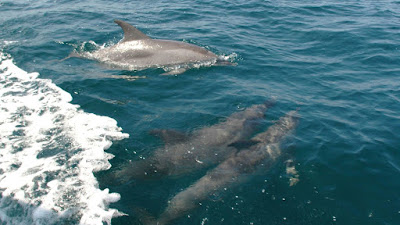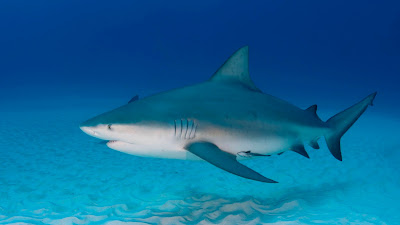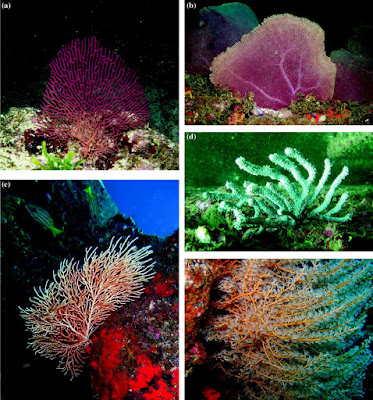Movie Club: 47 Meters Down

Two sisters, Lisa and Kate went on a holiday to Mexico. Where they are invited to a cage dive by 2 members. The underwater experience turns into a disaster as the cable slips off and they get trapped in the shark cage. Reaching the bottom which is 47 meters from the surface. With only an hour of oxygen left with deadly sharks circling them, they need to fight to survive. Well, apart from all movies this one has two endings. One is a fake-out, where Lisa hallucinates that she and her sister have been rescued. But, the actual ending is that Lisa survives, while her sister couldn't reach out of the water alive. 47 Meters Down is a horror thriller movie directed by Johannes Roberts where Lisa's character has been played by Mandy Moore and Kate by Claire Holt. This movie is a feast for shark fans.



